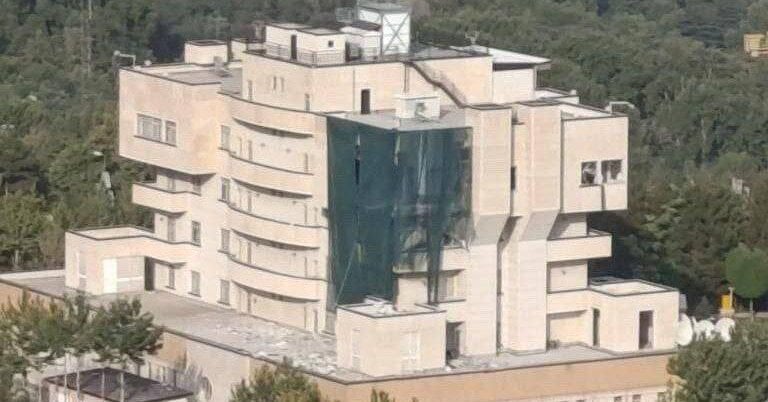- cross-posted to:
- [email protected]
- cross-posted to:
- [email protected]
An explosive device hidden in a heavily guarded complex where Ismail Haniyeh was known to stay in Iran was what killed him, according to a Times investigation.
Ismail Haniyeh, a top leader of Hamas, was assassinated on Wednesday by an explosive device covertly smuggled into the Tehran guesthouse where he was staying, according to seven Middle Eastern officials, including two Iranians, and an American official.
The bomb had been hidden approximately two months ago in the guesthouse, according to five of the Middle Eastern officials. The guesthouse is run and protected by the Islamic Revolutionary Guards Corps and is part of a large compound, known as Neshat, in an upscale neighborhood of northern Tehran.
Mr. Haniyeh was in Iran’s capital for the presidential inauguration. The bomb was detonated remotely, the five officials said, once it was confirmed that he was inside his room at the guesthouse. The blast also killed a bodyguard.



I think it depends greatly on how the bomb was planted. Suppose, for example, the building was undergoing some renovations and the bomb was hidden inside a wall that had been legitimately opened up as part of the renovations. The debris would show the bomb was in the wall, and they could probably easily pinpoint when during the renovations that wall was worked on.
I work in various levels of “secured” locations and sometimes cut open walls. Most places couldn’t tell you what walls I even cut let alone when.